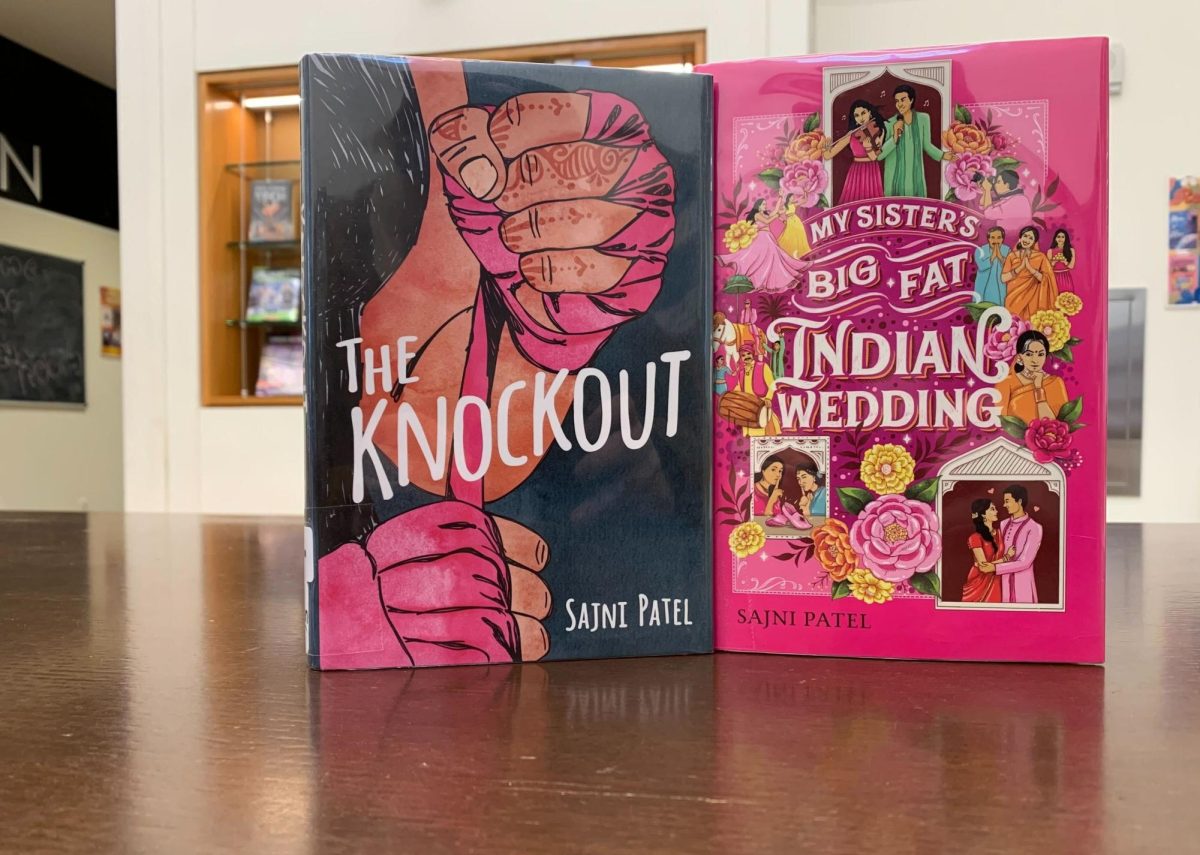An enchanting tale of tragedy, triumph and love entices readers as we enter a world of heroes, villains and magic.
Sajni Patel delivers a beautifully diverse and colorful story, dripping with female empowerment, in her latest novel “A Drop of Venom.”
On the surface, the book’s inspirations seem simple, a retelling of the Greek myth of Medusa but with an added twist of Indian folklore.
“A Drop Of Venom,” follows the story of Manisha and Pratyush as they struggle to overcome their past traumas and the rule of a tyrannical king.
The book is a story of freedom, liberation and passion.
“Manisha is my Medusa. Pratyush is my Perseus. Add in snake lore and Indian mythology, and ‘A Drop of Venom’ was born,” said Patel in an interview with Nerd Daily.
Patel does a wonderful job of mixing the source materials while still creating a fresh new experience for her readers.
While the depictions of Medusa’s origins have shifted over time, the novel appears to adopt a particularly tragic variation.
In this version of Medusa’s beginnings, she is sexually assaulted by Poseidon, the Greek god of the sea, in a temple to Athena, the Greek goddess of wisdom. In response to the assault, Athena punished Medusa by transforming her from a beautiful maiden into a monstrous being with snakes for hair and the ability to turn people into stone with a single glance.
To make things even more tragic, Medusa is killed by Perseus while she sleeps and then has her lifeless head turned into a weapon.
In an attempt to flip the narrative of women being mistreated and having their power taken, Patel switches the focus of the characters.
Her Medusa character, Manisha, still has a similar origin: she was assaulted in a temple and thrown into a pit of snakes.
In Patel’s world, Manisha is a Naga, a being from Hindu and Indian mythology that is part snake and part human. In this world, the Naga are not truly evil but rather defending themselves from a cruel king, whose mission is to drive the Naga to extinction.
Her love interest is Pratyush, a human with special powers to destroy what the king refers to as “monsters,” beings of terrible power and thought to be born of nightmares.
It is in Pratyush’s characterization in which I believe the script was flipped the most since he is identified as Patel’s version of Perseus.
Like in the original myth, Pratyush is tasked with killing Manisha for the king. The difference is in this book he is more conflicted, especially when he realizes the monster he’s supposed to kill is the woman he fell in love with.
The switch of perspectives and motivations from source characters is what really gives “A Drop Of Venom” its originality and intrigue.
The book draws you in and makes you care about the characters and question who the real monsters are.
Patel excels at bringing out emotional responses from her characters’ situations.
One such example is when Pratyush discovered his powers. He had just seen his parents die before his eyes and still found the strength to overcome his attacker.
The level of depth given to the different beings and people was also interesting to see.
There were dark realms, where beings were thought to be made of nightmares and darkness, floating mountains with beautiful peacocks big enough to ride and covered in jewels, and winged beings of divine light. This all came together to paint a vivid picture.
Overall, this book is a powerful reminder no one should have their voice taken from them and there’s always more to the story than meets the eye.
















